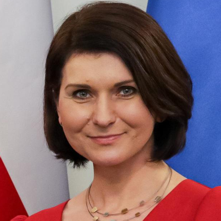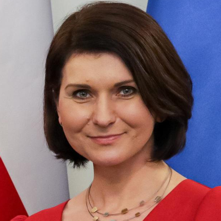There is Still Plenty of Room for IR Spectroscopy in Catalysis
Developing novel catalysts requires a comprehensive characterization of the potential and existing catalysts. The catalytic activity is intrinsically linked to the active centres of the catalyst. Therefore, it is not surprising that the question of catalytic activity is, in fact, a question of active sites. How can we identify the active sites responsible for the desired activity among many other centers? Can we also quantify these active sites? Furthermore, by differentiating between reactive intermediates and spectator species, can we understand the reaction pathway that each active site influences? The best candidates for answering these questions are IR and UV-Vis spectroscopies.
Both provide a complete picture of the catalytic process by fusing quantitative and qualitative insights. Both aid in tracking the reaction process and enhance our understanding of the role of active sites. As scientists, we still face the challenge of examining active catalysts in real "working conditions”. We investigate extremely fast processes, such as diffusion, adsorption, and rearrangement of molecules on the catalyst surface, which usually take place in fractions of seconds. Time-resolved mode (rapid scan) IR measurements supported by 2D correlation analysis and Multivariate Curve Resolution-Alternating Least Squares algorithms are extremely effective in isolating species relevant to the catalytic process from many others. This allows us to determine the sequence of events in the catalytic nanoscale world. Finally, combining spectroscopic methods with measurements of catalyst activity and selectivity, via mass spectrometry and gas chromatography (GC) analysis, facilitates the assessment of the reaction's progress in real time.


